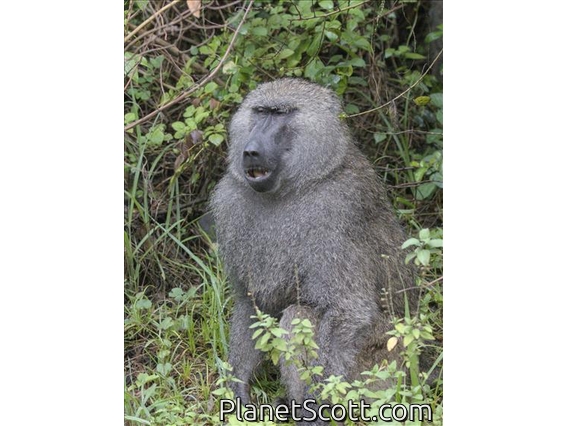Anubis Baboon (Papio anubis)

Anubis Baboon (Papio anubis)

Anubis Baboon (Papio anubis)

Anubis Baboon (Papio anubis)

Anubis Baboon (Papio anubis)




×





Anubis Baboon (Papio anubis)

Anubis Baboon (Papio anubis)

Anubis Baboon (Papio anubis)

Anubis Baboon (Papio anubis)
About Anubis Baboon (Papio anubis)
- Kingdom: Animals
- Phylum: Chordates
- Class: Mammals
- Order: Primates
- Family: Old World Monkeys
The olive baboon, also called the Anubis baboon, is a member of the family Cercopithecidae Old World monkeys. The species is the most wide-ranging of all baboons, being native to 25 countries throughout Africa, extending from Mali eastward to Ethiopia and Tanzania. Isolated populations are also present in some mountainous regions of the Sahara. It inhabits savannahs, steppes, and forests. The common name is derived from its coat colour, which is a shade of green-grey at a distance. A variety of communications, vocal and non-vocal, facilitate a complex social structure.
Source: Wikipedia
Visits
-
2011-01-04
Lake Langano - Bishangari Forest, Ethiopia -
2011-01-07
Nechisar National Park, Ethiopia -
-
2011-01-16
Awash National Park, Ethiopia -
2013-10-24
Nairobi National Park, Kenya -
2013-10-25
Lake Nakuru National Park, Kenya -
2013-10-28
Mount Elgon National Park, Kenya -
2017-01-01
Lake Mburo National Park, Uganda -
2017-01-04
-
2017-01-08
Queen Elizabeth II National Park, Uganda -
2025-01-28
Arusha National Park, Tanzania






